Our third day in Israel consisted largely of traveling from Jerusalem to Tel Aviv, with a few stops and detours along the way. The day included both visits to common attractions in Israel as well as sojourns to lesser-known areas.
After travelling to the West Bank and driving past the historical site where the Dead Sea Scrolls were found, we began with a brief excursion at Ein Gedi, a nature reserve in the midst of the desert. Although we did not stay long, we hiked through the reserve, visited a small waterfall with an ancient biblical legend associated with it, and were introduced to some of the local wildlife on the hike.
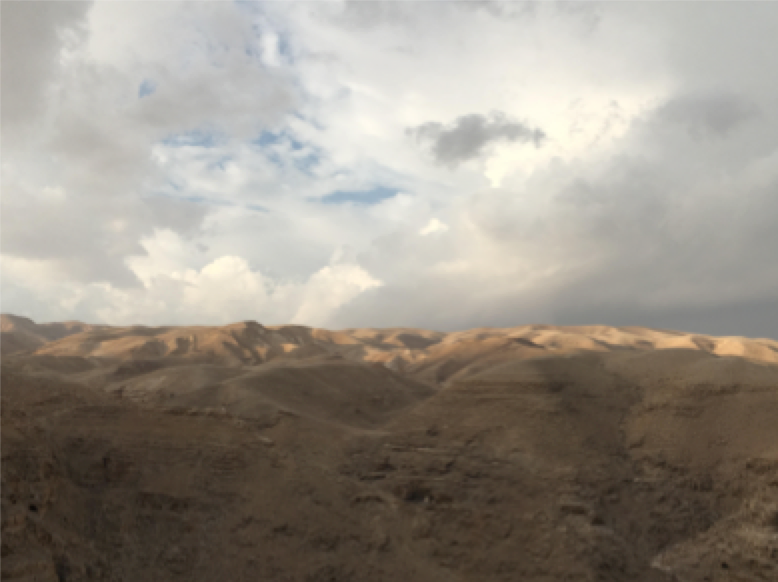
On the way to the Dead Sea, we made a short expedition across the Jordanian border and visited Qasr al-Yahud, a baptism site that is officially considered to be part of Jordan. While the group crossed the fence demarcating the border between Israel and Jordan, we didn’t need our passports because the area in which Qasr al-Yahud is located is surrounded on all sides by guarded fences or bodies of water. Mutual cooperation between the Israeli and Jordanian governments ensures that it is not possible to cross the river on one side and journey further into Jordan.
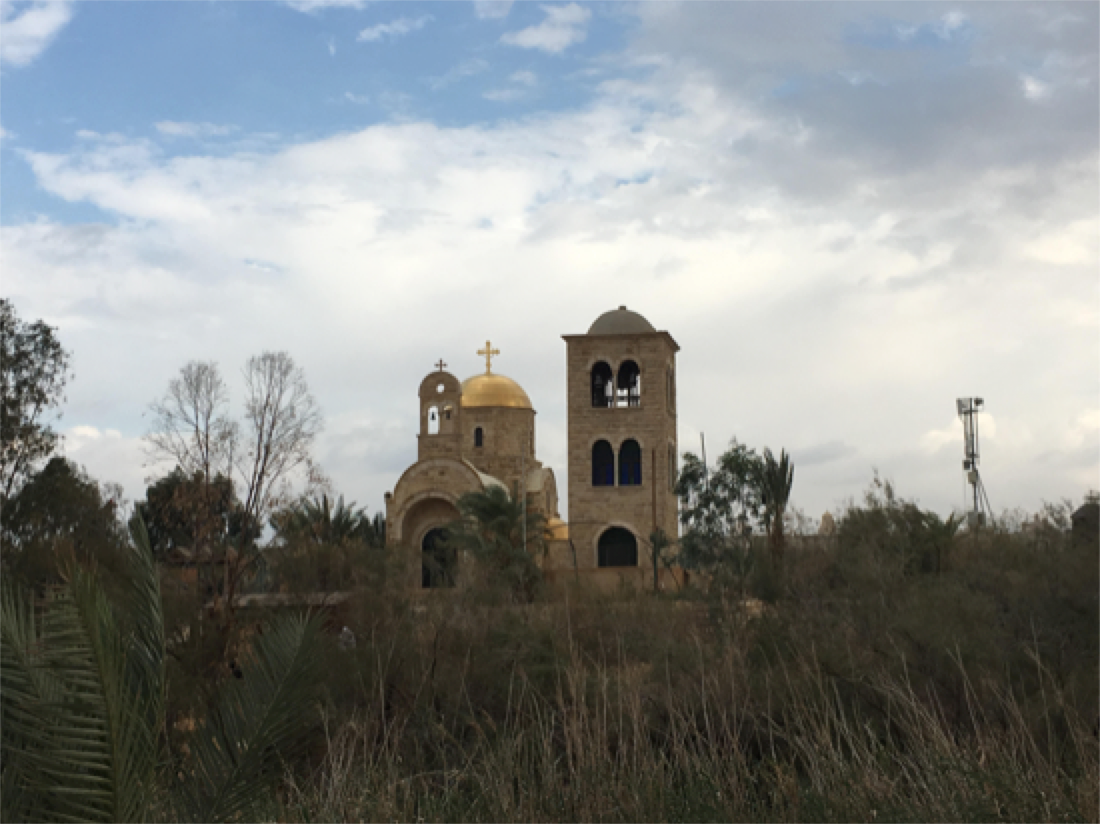
The lowest point on Earth, the Dead Sea, was the next stop. Although the high salt concentration of the sea usually allows visitors to float in relaxation, the waters were unusually choppy on the day the group visited. In keeping with the Israeli reputation for entrepreneurship and innovation, the local community has made use of the chemical properties of the sea and created a thriving cosmetics industry nearby and abroad.
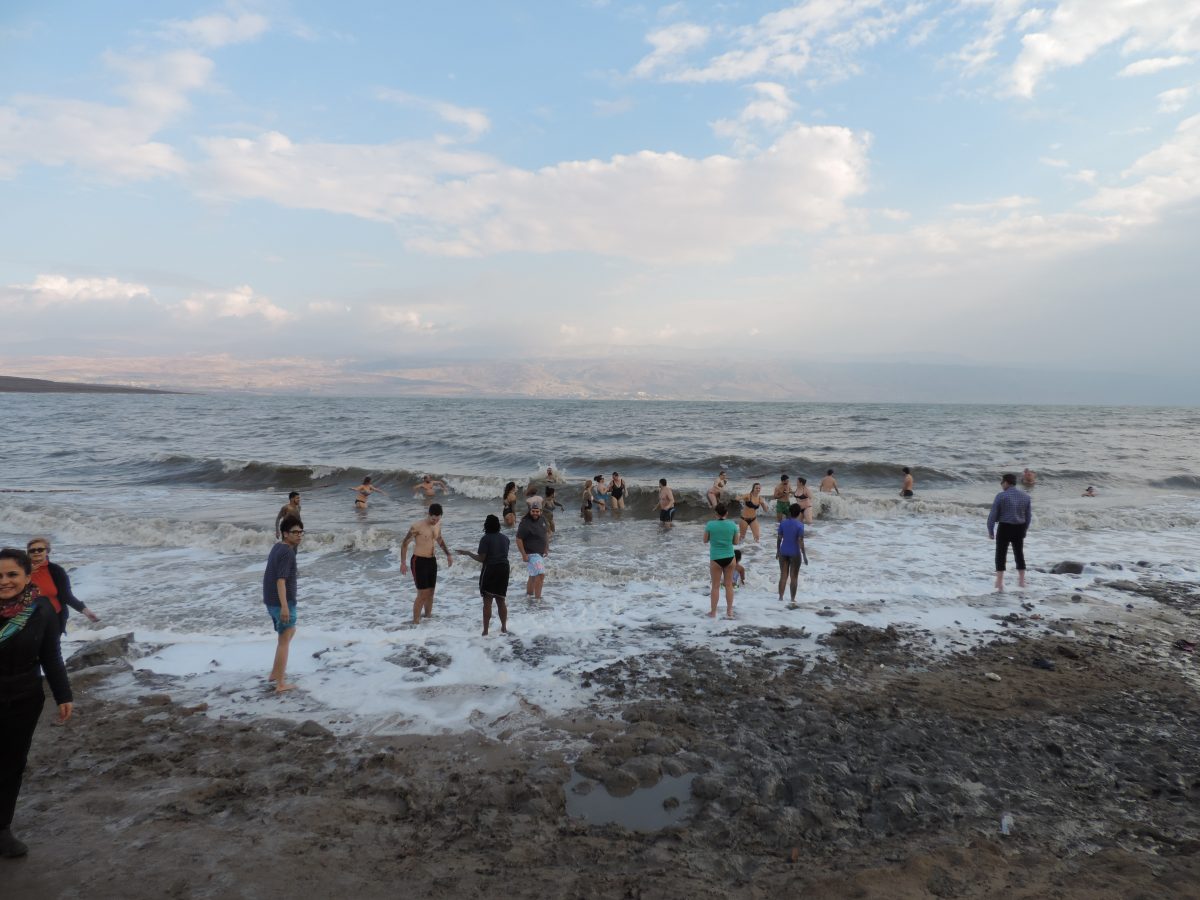
Prior to arriving at the sea itself, the group stopped at a local store that has since turned into a multinational company, Ahava, which sells a variety of products containing the minerals found in the sea. For most group members, though, the natural mud found on the shores of the beach sufficed. During lunch afterwards, some found time for a camel ride, a frequent attraction throughout the area, as seen in the photo below.
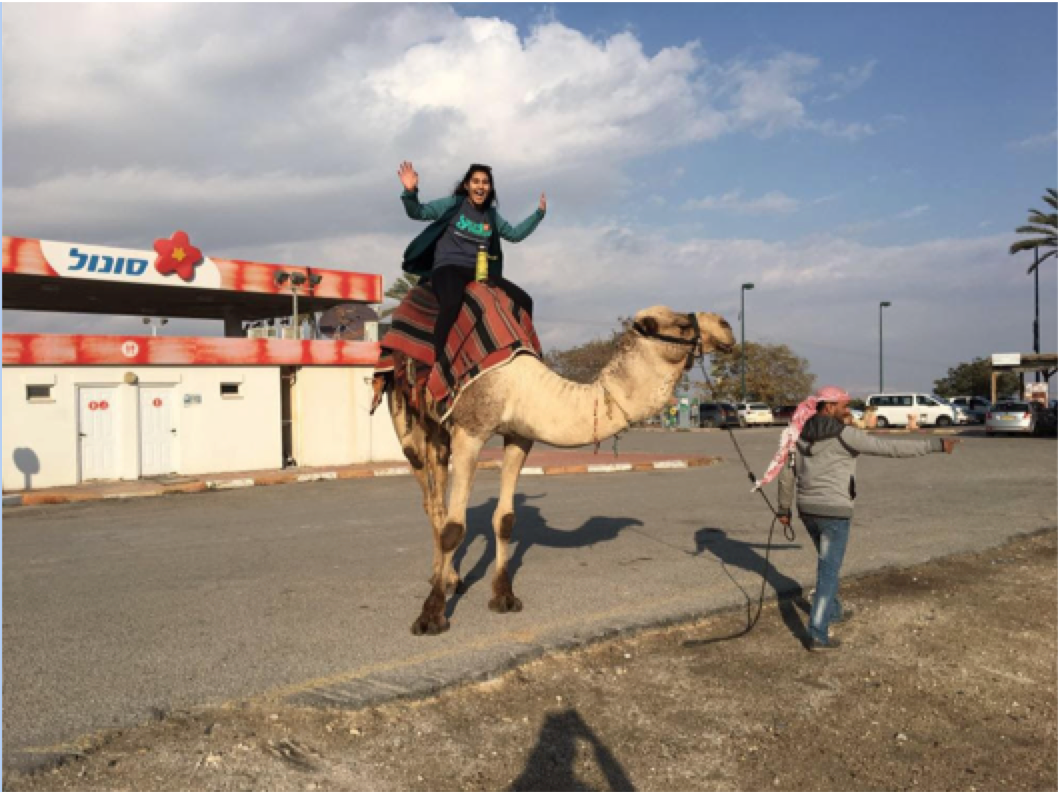
While clever irrigation techniques have allowed the landscape of much of Israel to become somewhat temperate, the natural aridness of the surrounding region is on full display in the enormous cliffs and sandy desert of the West Bank. Carved into the rock of one such cliff was the group’s final stop before heading onward to Tel Aviv, St. George’s Monastery, an ancient site inhabited to this day by Orthodox monks. Here, too, the local Bedouins have exhibited an entrepreneurial spirit by setting up a stand at the entrance to a nearby hiking trail to sell local trinkets and sustenance to exhausted tourists.
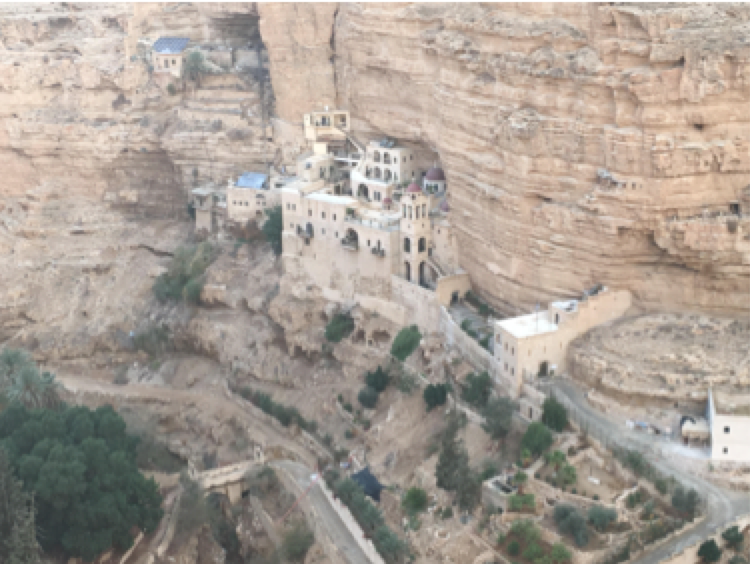
This post written by: Jenny Blessing
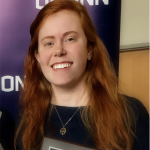
I am a junior Computer Science major in the School of Engineering minoring in Mathematics, English, and International Studies. At UConn, I research election technologies at the Center for Voting Technology Research, and this past summer I interned at Google working on a data protection team. I look forward to learning about entrepreneurship and innovation in the dynamic country of Israel and comparing it to my own experiences so far in the United States.